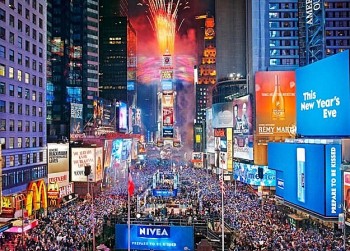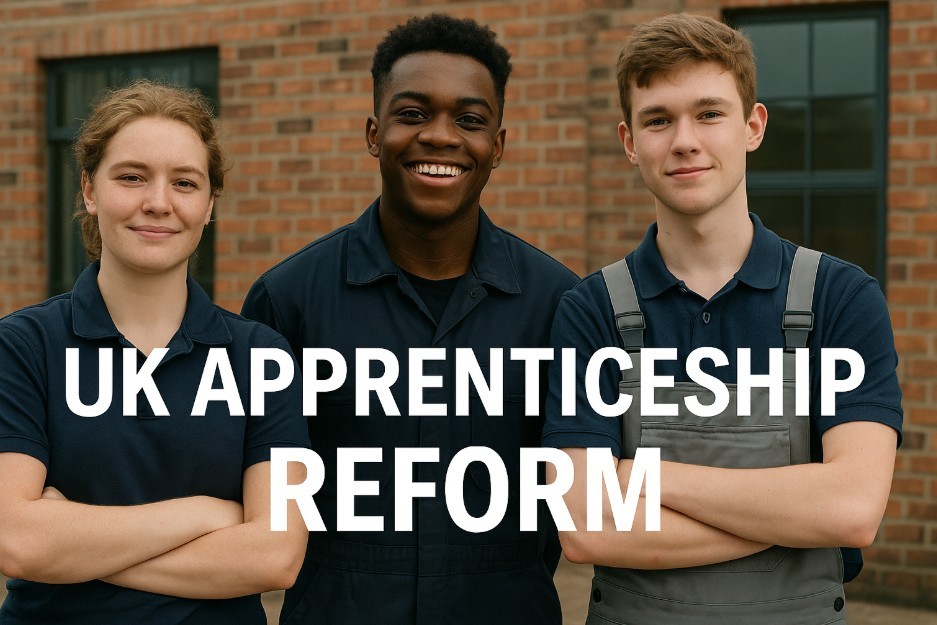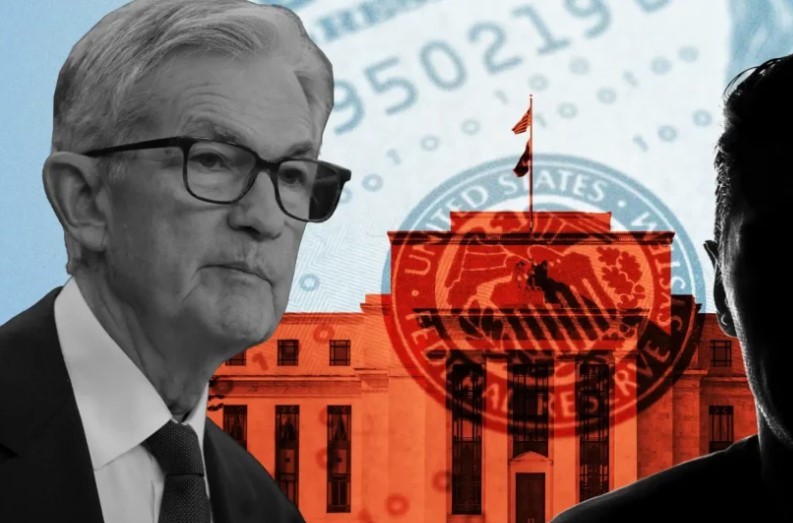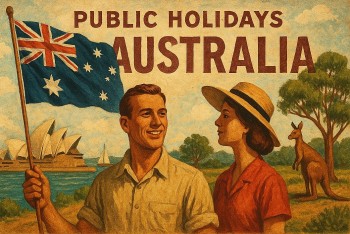New Year’s Eve Micro-Festivals: Why Hyper-Local Celebrations Are Replacing Big-City Countdown Culture in the United States
 Top 10+ Luckiest Foods On New Year’s Eve You Should Try Top 10+ Luckiest Foods On New Year’s Eve You Should Try |
 How to Watch Times Square New Year’s Eve Ball Drop: Event, Activities, and Significance How to Watch Times Square New Year’s Eve Ball Drop: Event, Activities, and Significance |
For decades, the image of New Year’s Eve in the United States has been guided by the same cultural markers. Times Square crowds. Televised countdowns. Concerts produced for national audiences. Fireworks over major cities. The rituals are familiar, and for many, iconic. Yet beneath the surface of this tradition, another movement is changing the way Americans celebrate the final hours of the year.
Across the country, people are turning away from large, high-pressure events and choosing something smaller. They are gathering at what are now known as micro-festivals. These are intimate, hyper-local celebrations built not around spectacle, but around community identity and connection. They take place in small towns, neighborhood parks, arts districts, beaches, breweries, campgrounds, coworking spaces, and even cul-de-sacs.
The rise of micro-festivals marks more than just a shift in party size. It reflects a reorientation of American values: away from chaos and toward comfort, away from passive spectating and toward shared experience. This trend is growing fast. It is reshaping holiday travel, supporting small businesses, and redefining what it means to welcome a new year.
This 3000-word report explores why micro-festivals have become one of the most promising cultural movements in the United States, what they offer that big-city celebrations cannot, and how they are transforming the emotional and social experience of December 31.
 |
| New Year’s Day 2026 in the U.S |
1. The Fatigue With Big Celebrations
1.1 The reality of large-scale New Year’s Eve events
If Americans are weary of major countdown events, the reasons are clear. Over time, large New Year’s celebrations have become increasingly stressful. High attendance means long lines, security bottlenecks, expensive tickets, and crowded streets that become nearly impossible to navigate. Weather adds another layer of discomfort, especially in northern states where temperatures often drop below freezing by midnight.
Attending a large urban celebration has become a logistical exercise rather than an enjoyable ritual. People must arrive early to secure a spot, often wait outdoors for hours, and compete with thousands of fellow attendees just to see fireworks or hear the countdown. Many leave feeling drained rather than energized.
1.2 The shift in personal priorities
Modern Americans have also reassessed their tolerance for environments where personal space disappears. In an era shaped by health concerns, shifting work-life balance, and rising stress levels, fewer people feel motivated to pack into a hundred-thousand-person crowd. They want minutes of meaning, not hours of discomfort.
This fatigue has created an opening. Micro-festivals stepped into that space by offering something people did not realize they wanted until they experienced it: a celebration that feels human.
2. How Micro-Festivals Work
2.1 A flexible, modular format
Micro-festivals are intentionally small. Organizers design them to accommodate local communities rather than attract national audiences. They blend elements of block parties, winter retreats, pop-up markets, neighborhood concerts, and creative workshops. What makes them compelling is not their size but their feeling of closeness.
A micro-festival might include:
-
A food truck lineup curated by local vendors
-
A small bonfire with hot cider or cocoa
-
A silent disco where people use headphones instead of speakers
-
A guided intention-setting session before midnight
-
A themed costume walk or lantern parade
-
A pop-up craft or maker market
-
A mini fireworks show that lasts just a few minutes
-
Midnight or pre-midnight community toast
-
A neighborhood countdown projected on a small screen
-
Local musicians performing for a small audience
The format varies widely because micro-festivals respond to the character of their neighborhoods.
2.2 The philosophy of “less is more”
Micro-festivals operate on a simple principle: people remember connection more than spectacle. Instead of trying to produce a massive entertainment experience, these gatherings aim for warmth. A few strings of lights, simple activities, and a shared moment of reflection can be more meaningful than a twelve-hour event schedule.
The minimalism is a deliberate choice. It keeps costs low, simplifies logistics, and centers the experience on people rather than production equipment. In an overstimulated world, the quiet design feels refreshing.
3. The Power of Community Identity
3.1 Every micro-festival reflects its location
A defining characteristic of micro-festivals is that no two are the same. They are shaped by geography, community personality, and local culture. This authenticity is part of the appeal.
Examples include:
-
Coastal towns hosting midnight beach walks with lanterns
-
Mountain communities organizing stargazing circles under cold, clear skies
-
Arts districts holding open-studio nights where visitors explore galleries
-
Neighborhood gardens hosting potluck dinners outdoors
-
College towns creating music lounges for students and residents
-
Suburban blocks organizing driveway gatherings with fire pits
These hyper-local flavors give micro-festivals a narrative quality. Travel writers love them because they reveal the emotional texture of a community. They express identity in ways big-city events cannot.
3.2 A celebration rooted in place
Big-city New Year’s Eve celebrations succeed because they are iconic and predictable. Micro-festivals succeed because they are unique and personal. They make people feel connected to the physical space in which they live. Attendees are not just watching the year change; they are experiencing it within the story of their own town.
4. The Rise of Family-Friendly NYE
4.1 Why parents are driving the trend
Families have played a major role in the popularity of micro-festivals. For parents, large-scale New Year’s Eve events are not ideal. They involve late nights, crowded streets, unpredictable conditions, and overstimulation. Micro-festivals offer the opposite: safety, comfort, and early schedules.
Many micro-festivals conclude by 10 PM, allowing children to participate without staying up past their limits. Others host a celebratory “early countdown”, often scheduled around 7 PM, complete with sparklers, music, and snacks.
4.2 What makes micro-festivals child-friendly
Parents cite several reasons micro-festivals work well for families:
-
Children can move around freely without risk of getting lost
-
Noise levels are manageable
-
Activities are interactive rather than passive
-
Kids can participate in crafts, storytelling, or small dances
-
The environment feels safer than a large urban crowd
Family participation also influences the tone of the events. Micro-festivals tend to be calmer, warmer in sentiment, and more community-oriented than their large-scale counterparts.
5. Economic Impact Without the Overload
5.1 A positive boost for small businesses
Large New Year’s Eve events often benefit corporate sponsors, ticket vendors, and entertainment companies. Micro-festivals, in contrast, distribute economic benefits locally. Small businesses see increased foot traffic without the overwhelming demand that strains capacity.
Micro-festival partnerships commonly include:
-
Neighborhood cafes selling hot drinks
-
Local breweries offering tasting flights
-
Bakeries providing holiday pastries
-
Food trucks anchoring the event
-
Craft vendors selling handmade goods
-
Independent musicians performing
Because attendance is limited, businesses can thrive without sacrificing quality or staffing resources. Revenue increases while stress stays manageable.
5.2 City logistics improve too
Large New Year’s events require:
-
Police patrols
-
Road closures
-
Medical stations
-
Sanitation teams
-
Crowd management units
Micro-festivals reduce these burdens. They require minimal infrastructure and little to no road shutdowns. Cities save money, preserve resources, and maintain safer environments during a high-traffic holiday.
6. A New Definition of Celebration
6.1 From spectacle to connection
The emotional core of micro-festivals lies in their intimacy. Instead of standing among thousands of strangers waiting for an identical countdown, people engage in real conversations. They share drinks, stories, intentions, and reflections. They make eye contact. They greet neighbors they have never spoken to. The experience becomes relational rather than transactional.
6.2 Small moments replace big expectations
For many Americans, New Year’s Eve has evolved into a holiday of performance. People feel pressure to have an impressive night, to attend a major event, to capture stunning photos, and to share a picture-perfect finale to the year.
Micro-festivals interrupt that cycle. They lower expectations in the best way. They replace pressure with presence. Instead of chasing something big, people create something small but meaningful.
6.3 The cultural shift behind the trend
The rise of micro-festivals aligns with broader cultural movements:
-
Interest in minimalism and less consumption
-
Desire for localism and support for small businesses
-
Preference for community connection over mass anonymity
-
Increased focus on wellness and mental calm
-
Re evaluation of time and what it means to live deliberately
These values are reshaping how Americans relate to holidays. New Year’s Eve, once defined by spectacle, now has space for stillness.
7. Why Americans Are Reimagining New Year’s Eve
7.1 Stress and overstimulation
Big celebrations bring noise, crowds, and sensory overload. Micro-festivals simplify the experience and help people ease into the new year with clarity.
7.2 The influence of post-pandemic habits
The pandemic reshaped Americans’ comfort with crowds. Many people became accustomed to smaller, more intentional gatherings. Micro-festivals feel like a natural extension of those habits.
7.3 A move toward intentional living
People want to end the year reflectively, not chaotically. They want rituals that feel authentic. Micro-festivals integrate practices like journaling, meditation, and guided intentions that resonate with contemporary wellness culture.
7.4 Technology fatigue
After a year of nonstop screen time, micro-festivals offer an offline experience. They encourage people to put their phones away and be present.
8. Case Studies: How Communities Are Reinventing NYE
8.1 A lantern walk in Maine
A small coastal town organizes a lantern walk along the shoreline. Families carry handmade lanterns, musicians play acoustic instruments, and the night ends with a modest candle circle. No fireworks. No countdown. Just togetherness.
8.2 A brewery gathering in Colorado
A craft brewery hosts a micro-festival with a short beer tasting flight, a local band, and a mini countdown at 9 PM. Attendance is capped at 120 people. The event sells out every year.
8.3 A community arts festival in Washington
An arts district opens its studios for a night of painting demos, poetry readings, small concerts, and rooftop stargazing. People wander from building to building until midnight.
These examples show how micro-festivals adapt to their environment and enhance local culture.
Conclusion
As Americans rethink how they want to end their year, micro-festivals have emerged as a refreshing alternative. They offer a kind of celebration that feels honest: small, meaningful, grounded in community. They move the focus away from spectacle and back toward people. In doing so, they align with a broader cultural shift toward intentionality, connection, and local identity.
New Year’s Eve does not need massive crowds to feel significant. It can be meaningful around a fire pit, a food truck, a lantern walk, or a modest neighborhood gathering. The rise of micro-festivals suggests that the future of December 31 in America may not be found on a giant screen but in the warm glow of small groups choosing to end their year together.
Frequently Asked Questions (FAQs)
1. What exactly is a New Year’s Eve micro-festival?
A micro-festival is a small, hyper-local New Year’s celebration designed for neighborhood-scale participation. It focuses on community connection rather than large crowds or major entertainment.
2. Why are micro-festivals becoming popular in the United States?
People are tired of overcrowded, stressful big-city countdowns. Micro-festivals offer comfort, affordability, family-friendly experiences, and a sense of belonging.
3. What activities do micro-festivals typically include?
Common features include small concerts, bonfires, food trucks, intention-setting workshops, lantern walks, early countdowns, and mini fireworks displays.
4. Are micro-festivals good for families with children?
Yes. Many micro-festivals end early, avoid loud noises, and offer safe, less crowded environments ideal for kids.
5. Do micro-festivals help local businesses?
Absolutely. They drive sales for local cafes, breweries, food trucks, artisans, and event vendors, without overwhelming them.
6. Will micro-festivals replace big-city events completely?
Likely not. Large celebrations will continue, but micro-festivals are becoming a major parallel trend that appeals to people seeking more intimate experiences.























